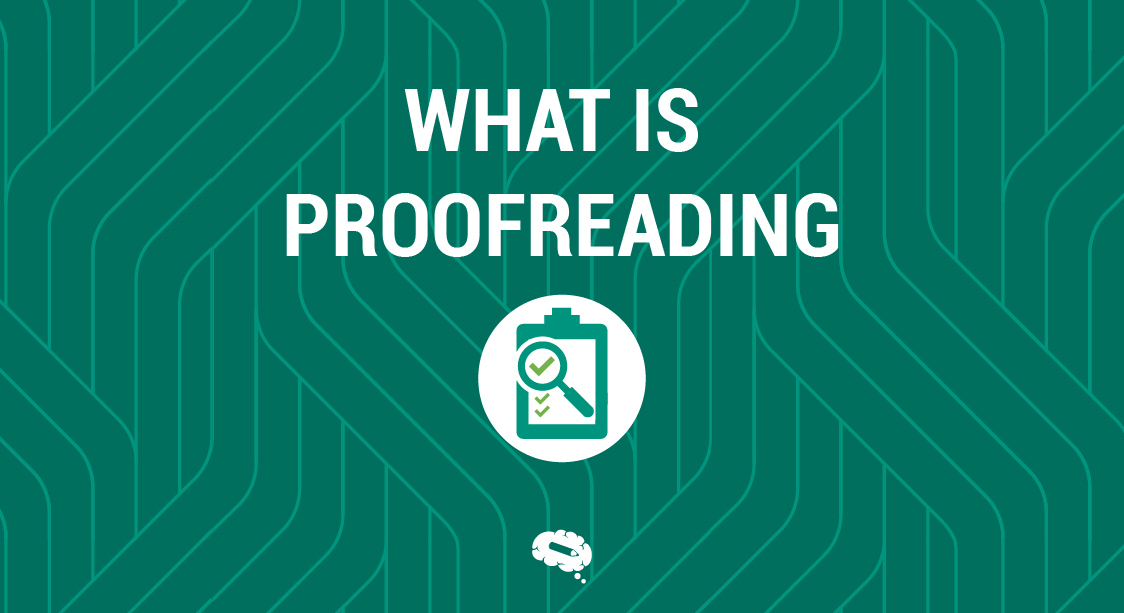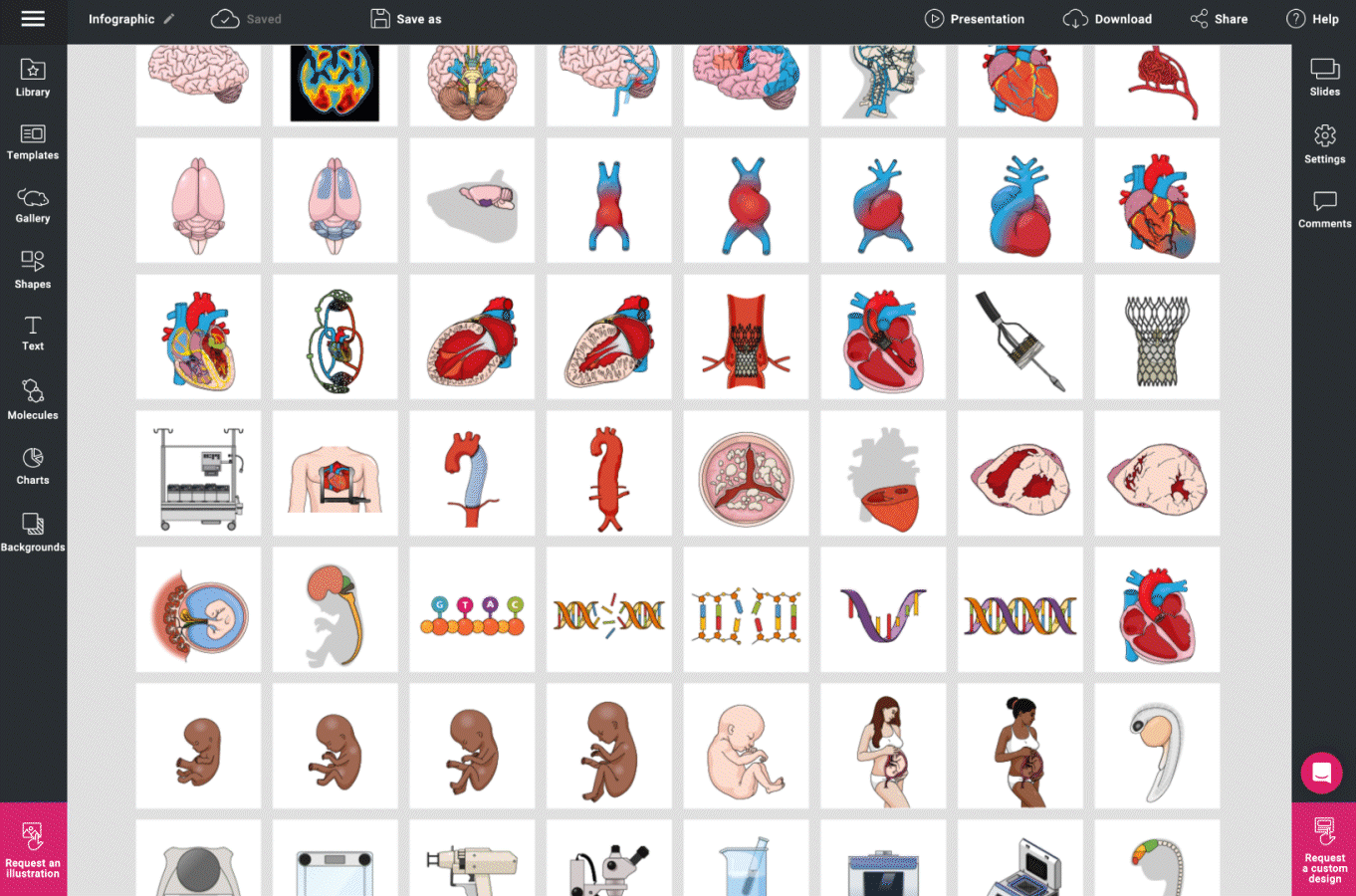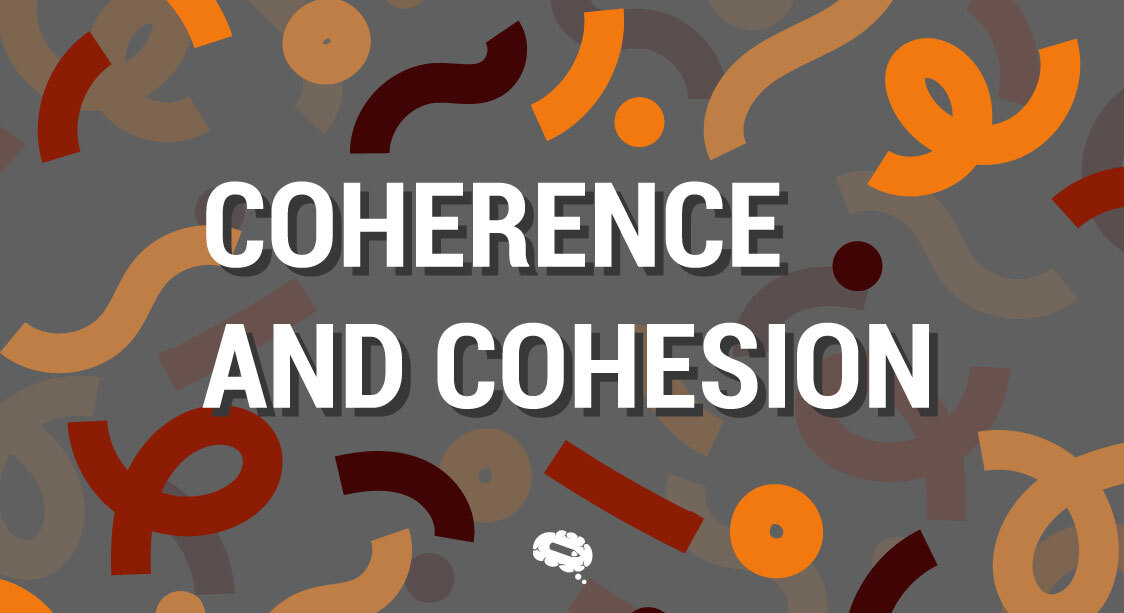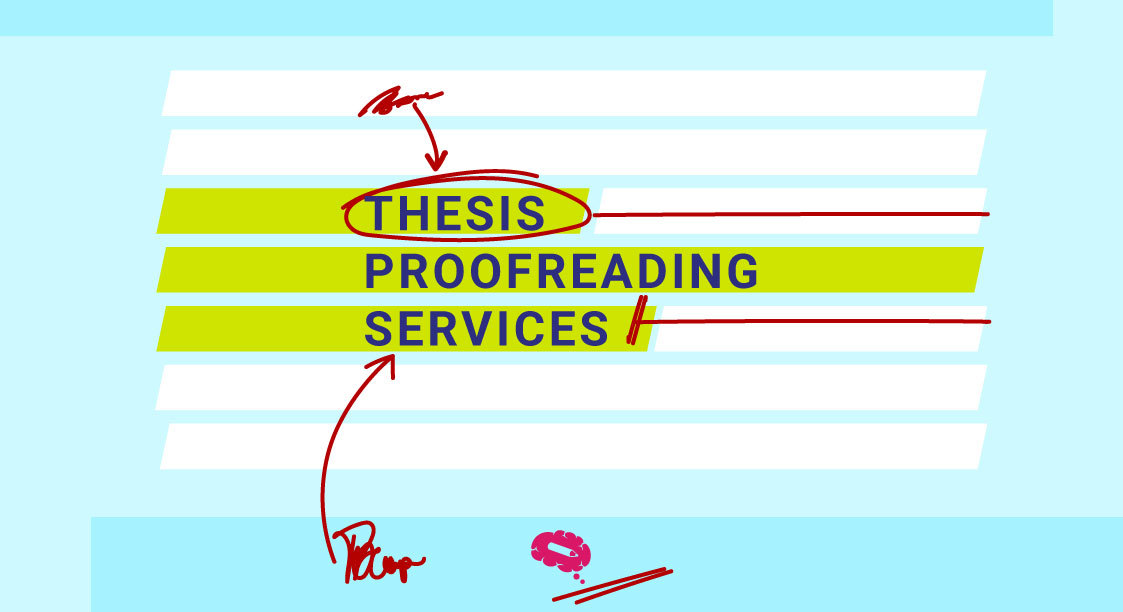Ensuring clarity and precision in written communication is paramount for effectively conveying ideas. But what is proofreading, exactly? Proofreading is the final checkpoint and plays a crucial role in identifying and rectifying errors, ranging from common spelling and grammar mistakes to subtle nuances that might compromise the quality of written content.
This article aims to demystify the process of proofreading by emphasizing its significance and providing practical insights into its execution. Throughout, this article will explore the importance of this practice and its integral role in refining the overall quality of written work, offering a simple guide to help you produce polished, error-free writing.
What Is Proofreading?
When it comes to writing, proofreading is like having a careful guardian, ensuring that your work is clear, accurate, and free of mistakes. This essential process involves carefully checking and correcting errors, adding a professional touch to your writing and making sure your message shines through clearly.
Why Is Proofreading Important?
Proofreading holds paramount importance as it plays a key role in strengthening the credibility and impact of any written material. By undertaking a thorough review and refinement of the text to undermine the overall effectiveness and cohesiveness of the message.
This meticulous process not only enhances the readability of the content but also fosters a sense of reliability and professionalism, reflecting a dedicated commitment to delivering well-crafted and polished work. Whether in academic, professional, or creative spheres, the act of proofreading serves as an indispensable tool in upholding the exceptional quality and unwavering credibility of written communication.
Related article: Editing and Proofreading: Importance, Differences and Tips
What Does Proofreading Entail?
Proofreading encompasses a comprehensive and systematic examination of written content to ensure accuracy and clarity. It involves a series of meticulous tasks aimed at detecting and correcting various types of errors that may compromise the overall quality of the text. These include identifying and rectifying spelling mistakes, grammar errors, punctuation inconsistencies, formatting issues, and any other inconsistencies that could impact the coherence and effectiveness of the writing.
Moreover, it involves a keen focus on refining sentence structure, enhancing readability, and verifying the overall flow of the text. Through this careful process, the proofreader aims to polish the content to perfection, guaranteeing that the final piece is polished, professional, and ready for publication or dissemination.
Spelling Errors
Proofreading involves a meticulous examination to identify and rectify any misspelt words, recognizing that even minor typographical errors can significantly impact the clarity and professionalism of the text. This careful review not only encompasses the correction of evident spelling mistakes but also delves into the realm of commonly confused words and homophones, recognizing the subtle nuances that differentiate their meanings.
By attentively scrutinizing each word, the proofreader ensures that the intended message remains intact, free from any ambiguity or misunderstanding that might arise from these linguistic intricacies.

Typographical Errors
The process of proofreading also entails a diligent focus on detecting and rectifying various typographical mistakes that could potentially disrupt the seamless flow and professional appearance of the written content. This involves a meticulous examination of the text to identify any inconsistencies in spacing, ensuring that there is a uniform and visually appealing presentation throughout the document.
Moreover, the proofreader carefully scans for any misplaced or missing characters, recognizing that even a minor deviation in the arrangement of letters or symbols can significantly impact the overall cohesiveness and readability of the text. Furthermore, the process extends to identifying and addressing any formatting inconsistencies, aiming to maintain a standardized and polished appearance that reflects a high level of attention to detail and a commitment to delivering a refined and professional final product.
Also read: Coherence And Cohesion: Writing Tips For Seamless Texts
Grammatical Errors
A critical aspect of the proofreading process involves the meticulous identification and correction of various grammatical mistakes that may compromise the overall clarity and coherence of the text. This includes a thorough examination of the text for improper verb usage, ensuring that each verb aligns accurately with its subject and maintains a consistent tense throughout the document. The proofreader also focuses on detecting and rectifying subject-verb agreement errors, recognizing the significance of maintaining grammatical accuracy to uphold the integrity of the author’s message.
Additionally, the process extends to identifying and addressing sentence fragments and run-on sentences, both of which can disrupt the natural flow and rhythm of the writing, leading to potential comprehension issues for the reader. By diligently addressing these fundamental grammatical nuances, the proofreader not only ensures adherence to standard grammatical conventions but also enhances the overall readability and cohesiveness of the text, facilitating clear and effective communication of the intended message to the reader.
Punctuation Errors
Another crucial element of the proofreading process involves the comprehensive review and careful adjustment of various punctuation marks, including commas, periods, semicolons, and quotation marks. This meticulous examination aims to ensure the accurate and appropriate usage of these essential punctuation elements throughout the text. The proofreader pays special attention to the placement of commas, recognizing their role in clarifying the structure and flow of sentences, as well as in indicating pauses or separations between different elements within the text.
Moreover, the careful scrutiny of periods and semicolons serves to refine the rhythm and pace of the writing, facilitating a natural and effective progression of ideas. Additionally, the proper usage of quotation marks is meticulously checked to accurately attribute quoted material and dialogue, preserving the original meaning and integrity of the cited text.
Other Common Errors To Look Out For
Beyond the previously mentioned factors, the comprehensive process of proofreading entails an attentive review of a myriad of other common errors, addressing various aspects that contribute to the overall quality and coherence of the written material. This involves a meticulous examination of potential inconsistencies in formatting, ensuring that the document adheres to the specified guidelines and presents a visually uniform and polished appearance. Additionally, the proofreader pays careful attention to the consistency of style and tone, aiming to maintain a cohesive and engaging narrative that aligns with the intended voice and message of the content.
Moreover, the process extends to evaluating the overall structure and organization of the text, emphasizing the importance of coherent and logical flow within the document. This includes checking for proper paragraph transitions to ensure a seamless progression of ideas and a clear connection between different sections of the text. The proofreader also examines the effectiveness of headings, ensuring that they accurately reflect the content of each section and guide the reader through the document.
There is a keen focus on the judicious use of language throughout the text, emphasizing clarity and precision to effectively convey the intended message compellingly and engagingly. By diligently addressing these additional factors, the proofreader aims to elevate the overall quality and impact of the written material, creating a refined and professional document that effectively communicates the author’s ideas and insights to the reader.
The Process Of Professional Proofreading
Now that we’ve answered the question ‘What is proofreading?’, it’s time to understand the process. The process of professional proofreading represents a meticulous and systematic approach to refining written content to ensure accuracy, clarity, and professionalism, which involves a comprehensive review and correction of various linguistic and formatting elements, aiming to present a polished and error-free final product.
By paying close attention to detail and adhering to established standards, the process of proofreading enhances the overall quality and effectiveness of the written material, ensuring that the intended message is communicated clearly and effectively to the reader.
Step By Step Guide To The Process
1. Initial Read-Through
Initiate the proofreading process with a comprehensive initial read-through of the document. Pay attention to the overall structure and coherence of the content, identifying any sections that require particular focus during the subsequent stages of the proofreading process.
2. Address Spelling and Grammar
Delve into a meticulous examination of spelling and grammatical elements within the text. Utilize reliable spell-check tools and conduct a manual review to rectify any inconsistencies, ensuring that each word is accurately spelt and that the grammar adheres to the standard conventions of the language.
3. Check Punctuation and Formatting
Conduct a thorough analysis of the document’s punctuation and formatting. Verify the correct use of punctuation marks such as commas, semicolons, and quotation marks, ensuring they are appropriately placed according to the established style guidelines. Simultaneously, ensure that the formatting remains consistent throughout the document, maintaining a uniform and professional appearance.
4. Review Sentence Structure
Evaluate the sentence structure to identify any convoluted or awkwardly phrased sentences that might impede the flow of the text. Refine the overall readability and coherence by rephrasing complex sentences and ensuring that each sentence effectively conveys the intended message with clarity and precision.
5. Verify Consistency and Clarity
Verify the consistency of style and tone throughout the document, ensuring that the language and tone remain uniform and cohesive. Aim to maintain a coherent and engaging narrative that effectively communicates the author’s voice and message to the reader, fostering a strong and lasting impact.
6. Final Proofreading
Conduct a final comprehensive proofreading round, meticulously addressing any remaining errors or inconsistencies within the text. Pay close attention to detail, ensuring that the final product is polished and refined, ready for publication or dissemination. By implementing these thorough and detailed proofreading measures, you can ensure the delivery of a high-quality, professional, and error-free written document that effectively communicates the intended message to your audience.
Join Our Fast-Growing Community To Revolutionize Scientific Communication!
Joining the fast-growing community of Mind the Graph can transform your scientific communication. With access to a diverse network of researchers and scientists, you can collaborate and expand your knowledge base. The user-friendly platform equips you with tools to create visually captivating infographics and presentations, simplifying complex data interpretation. Additionally, staying connected allows you to remain updated on the latest scientific trends, fostering a culture of continuous learning and advancement. Sign up and start your trial now!

Subscribe to our newsletter
Exclusive high quality content about effective visual
communication in science.






